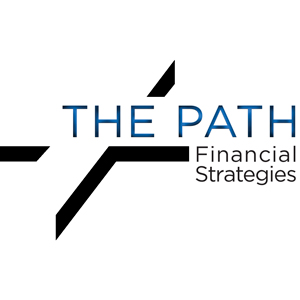When you have children, it’s like God flips a switch. You may go from living in the moment to wanting to make future plans – including financial plans for your children. Where do you start? With a college fund, or with an unspecified fund that might offer more flexibility or financial freedom for your child in the future?
Before you decide, consider these questions: What is your intended purpose for the money? Who do you want to control the cash? When do you want your child to have account access or control? What is your current tax situation? How will the fund be used as your child gets older? Do you want the fund to help your child become a better planner? What will happen to the fund if you die?
Next, compare the various methods for saving for your children’s future needs, including these three:
Unified gift to minors accounts or UGMAs are typically held in the child’s name with a custodial representative listed on the account. When the child reaches a specified age (eighteen in Virginia), he or she becomes the account owner. One positive of an UGMA can be that the earnings are taxed at the child’s tax rate when applicable. A negative can be that the child gains control at an age when decision-making skills about money typically are less developed.
A designated college savings account or 529 plan is an alternative with prepay and contributory options. The 529 prepay plan, offered periodically by Virginia and other states, allows the purchaser to contribute a lump sum or agree to pay a set amount for a specified time period in order to lock in the current rates for your child’s future in-state tuition. The 529 contributory plan allows you to flexibly fund the account however you choose: monthly, yearly, or sporadically. The assets usually are invested in mutual funds and can be based on the child’s age or your choice of available mutual funds. These accounts have some tax-saving advantages when the money is used for secondary education expenses, and beneficiary changes are allowed. For example, if one child opts for a trade school and requires only part of the money, you could transfer the unused assets into a sibling’s (or your own) 529 account. Either way, the tax savings may continue, but a stiff penalty of 10 percent applies when the assets are diverted to any use other than secondary education.
Keeping money in a fund registered in your name is an option that enables you to maintain maximum control of assets at all times. Tax advantages to this strategy are non-existent, based on the fact that you increased your ability to access the funds for your own discretionary spending. Again, serious consideration about the purpose of the money is important. A fund registered in your name can remain a viable option if it matches the reason you set aside the money in the first place.
These are only three ways to save; there are many other ways to financially prepare for your children’s future. Just remember that time slips by quickly, and later it may become even more difficult to save, especially if your family expands. My advice? Keep it simple and start saving – today!




